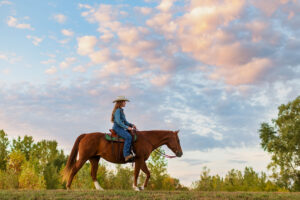An Inside Look at Przewalski’s Horse Hooves
Researchers study feral and wild horses for a variety of reasons. For instance, they evaluate hoof health to help better understand hoof conformation, disease, and lameness in domestic horses. Information gathered about hoof angles, wall thickness, laminitis incidents, and more all offer insight into keeping horses sound.
Brian Hampson, PhD, co-founder of the Australian Brumby Research Unit at the University of Queensland’s School of Veterinary Science in Australia, presented a study looking at foot morphology and foot health in one herd of the Przewalski’s horse at the 2017 International Hoof-Care Summit, held Jan. 24-27 in Cincinnati, Ohio.
A History of Domestication
Hampson began with a summary of the history of the horse as different genetic branches separated into domestic horse breeds and wild horses, such as the Przewalski’s horse and the Tarpan. He also clarified that what we often think of as “wild horses,” such as mustangs and the Australian Brumbies, aren’t really wild; they’re feral.
Horses were domestication about 5,500 years ago, said Hampson, and were initially used for milk and meat. Researchers estimate humans started riding horses around 3,000 years ago
Create a free account with TheHorse.com to view this content.
TheHorse.com is home to thousands of free articles about horse health care. In order to access some of our exclusive free content, you must be signed into TheHorse.com.
Start your free account today!
Already have an account?
and continue reading.

Related Articles
Stay on top of the most recent Horse Health news with


















